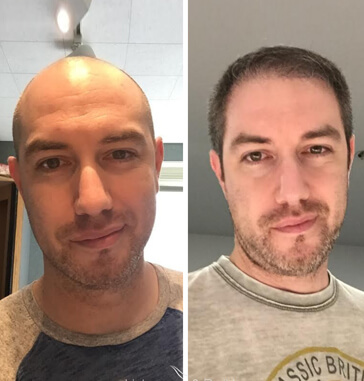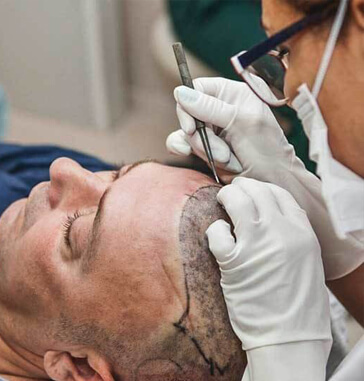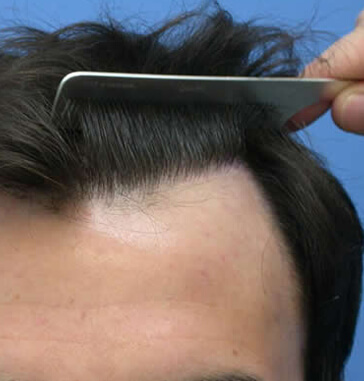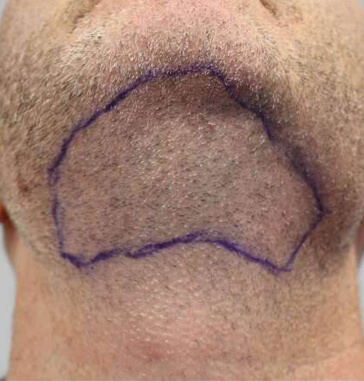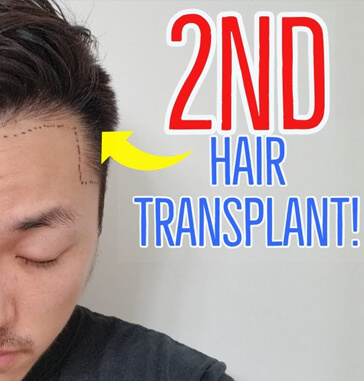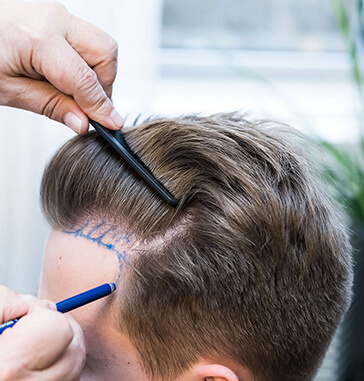What is a hair graft?
Graft has multiple meanings in medicine; however, it has a specific usage in hair transplantation. A hair graft is a piece of skin with more than one hair follicle. These skin pieces are taken from the donor area and transferred to the bald areas on the scalp during a hair transplant procedure. 1000 grafts contain approximately 2000 to 4000 hair follicles. Grafts are what make the hair transplant possible because they are living pieces of skin with blood circulation. However, when they are taken out from the scalp, they get to die in a short time. So they should be kept alive in a special solution until the implantation. If the grafts die, the hair follicles cannot hold onto the transplanted area.

Graft calculation
There are a variety of factors to decide how many grafts should be taken out. Hair loss, especially male-pattern hair loss, affects usually affects certain areas of the scalp. Your doctor should first analyze your hair and scalp to diagnose the type of hair loss and the balding areas that need to be covered with new hair follicles. Right after this analysis, they should calculate the size of the balding area. So your doctor can guess how many grafts are needed to these bald areas.
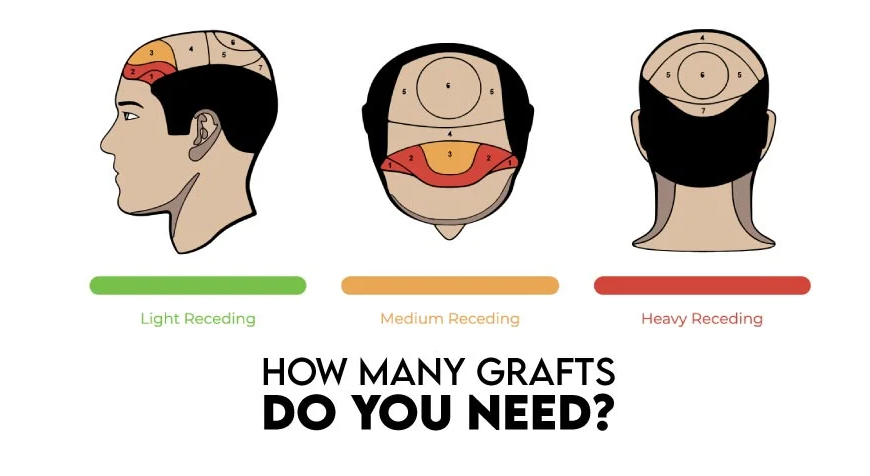
How Many Grafts are Necessary For Hair Transplantation?
The exact number of hair grafts needed for hair transplantation depends on a variety of factors. Every patient has special conditions, and they all need different numbers of grafts for hair restoration. Age, the size of balding areas, and sex are all factors that play a role in the exact number of grafts to cover the bald areas. Your doctor will analyze all these factors to decide how many grafts will perfectly do the job.
How To Protect grafts During And After Hair Transplant
The graft collection methods can make a difference when it comes to how much damage they may cause to the grafts. In Manual FUE, your doctor will collect the grafts one by one manually, resulting in minimal damage to the hair follicles. However, during micromotor FUE, your doctor will use a special machine that will automatically collect the hair follicles. During a micromotor FUE hair transplant, your doctor will have limited control over the graft collection phase, so they may not be able to respond promptly when they need to make a move to protect the hair follicles from damage by this extraction device. So your doctor will have to choose between these two different graft extraction methods. If they are experienced in using a micromotor device and know all the tricks of this technique then they will cause minimal damage to the hair follicles.
Patients should protect their scalp after the hair transplant surgery and take the necessary measures to prevent damage to the newly transplanted hair follicles. Otherwise, the newly transplanted hair follicles can get harmed to the point that they start to fall out or shed. So you should keep your scalp safe and follow your doctor’s instructions until your hair follicles heal. You should keep your scalp away from sunlight for at least a month. So you should wear a hat if you ever go out in the sun. Also, you should not wear a hat in the first three days to protect the newly transplanted hair follicles from damage. You should avoid heavy exercises such as weight lifting and running for about a month because they are stressful on your body, and they may make you sweat. Sweating will increase the risk of infection in the areas of small incisions.

